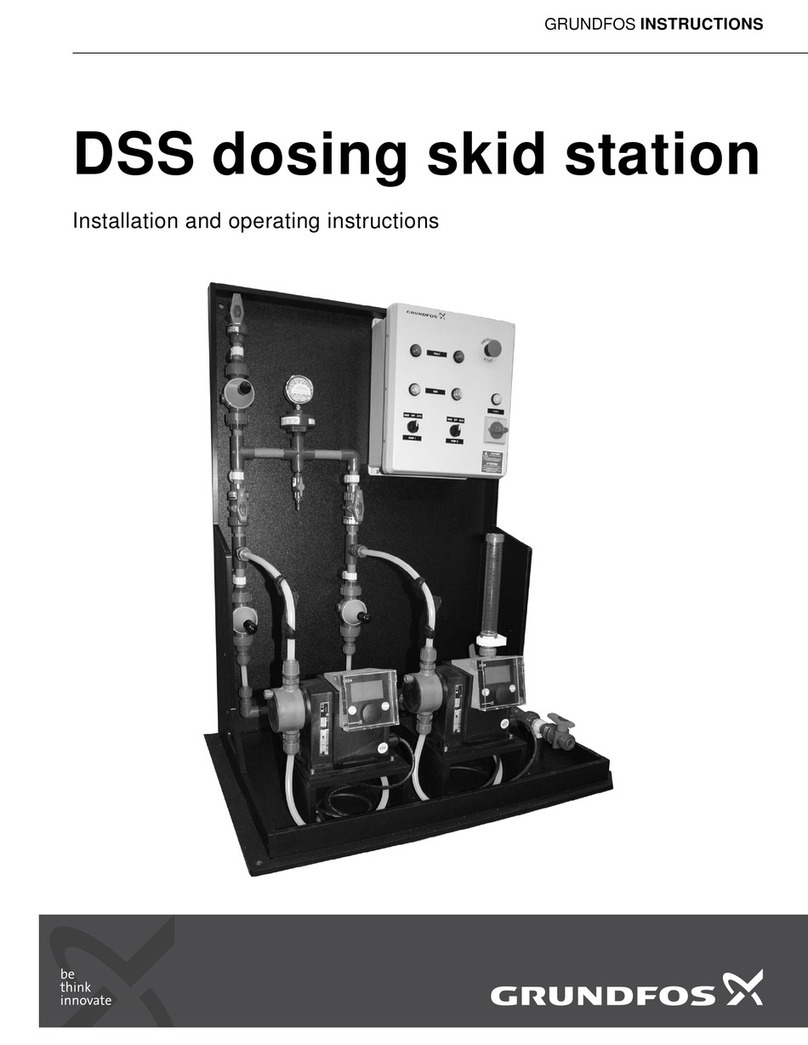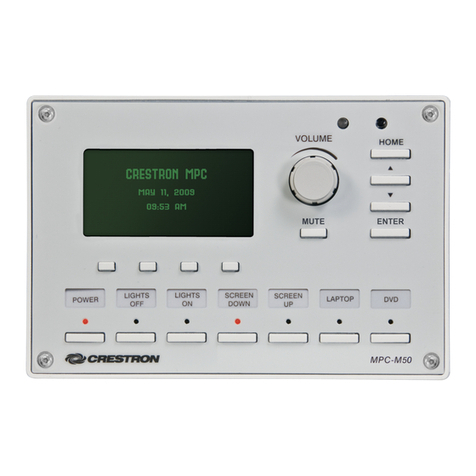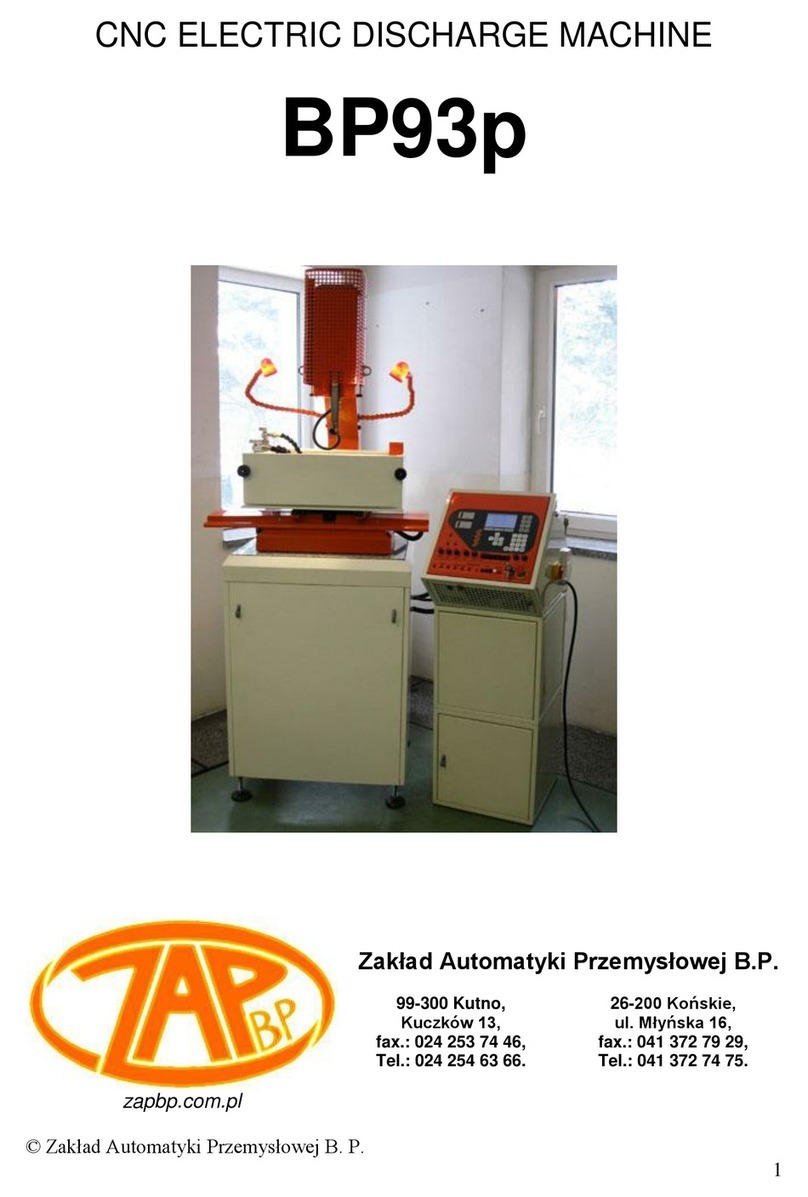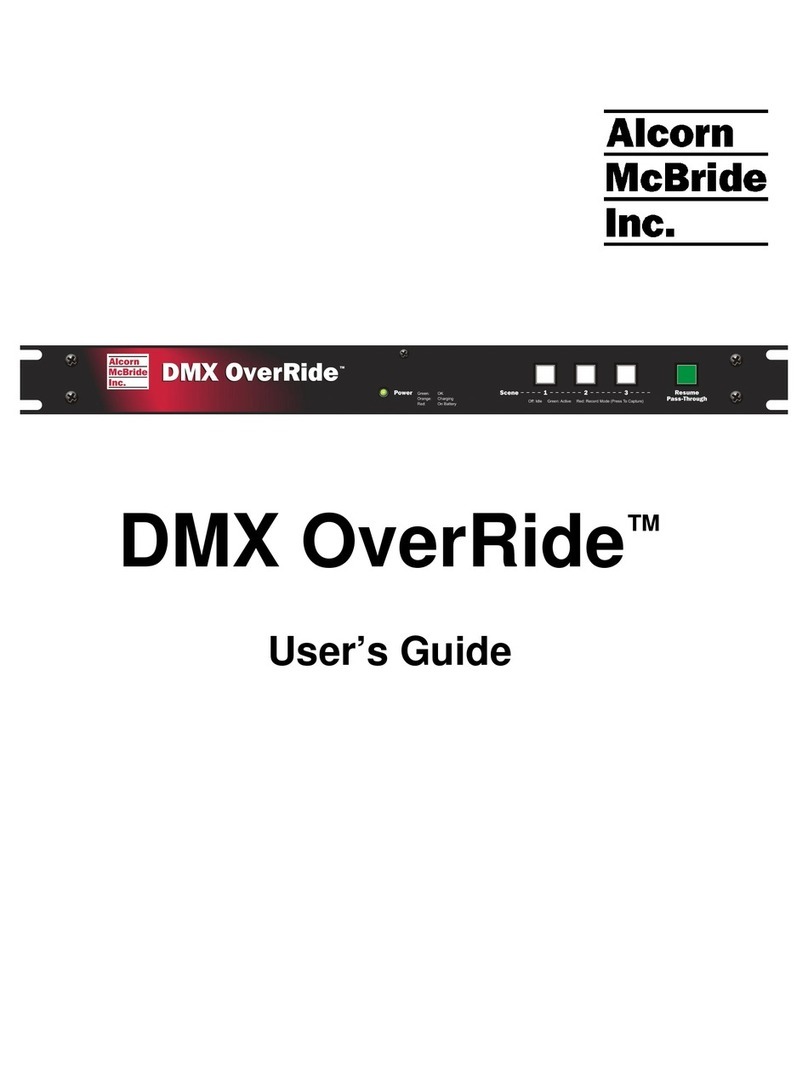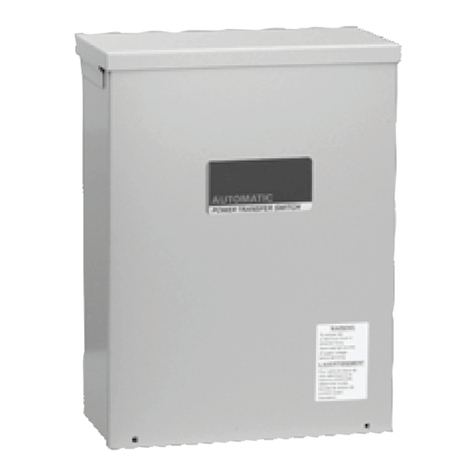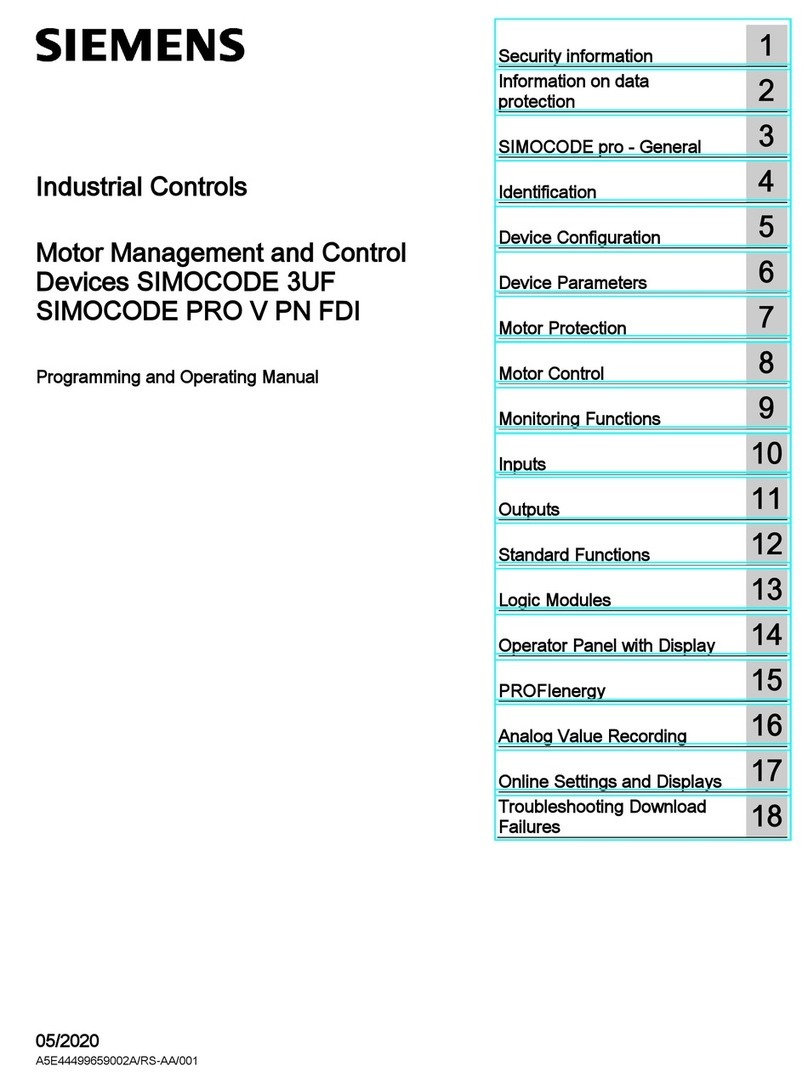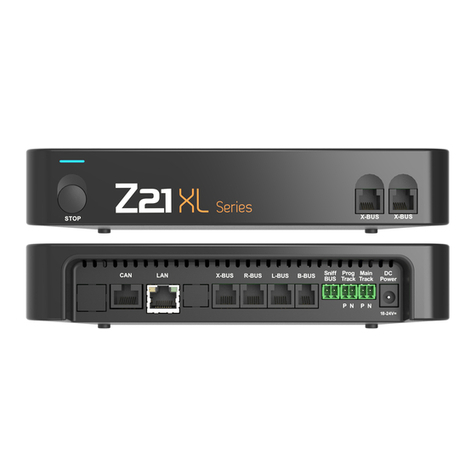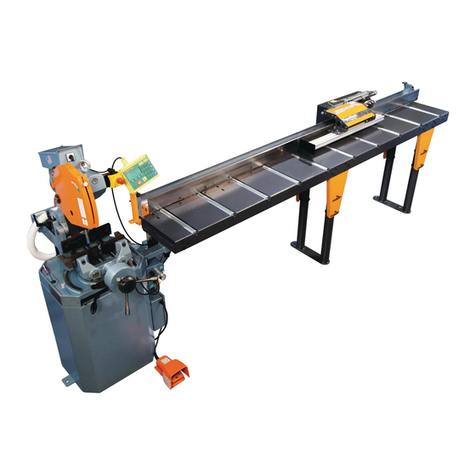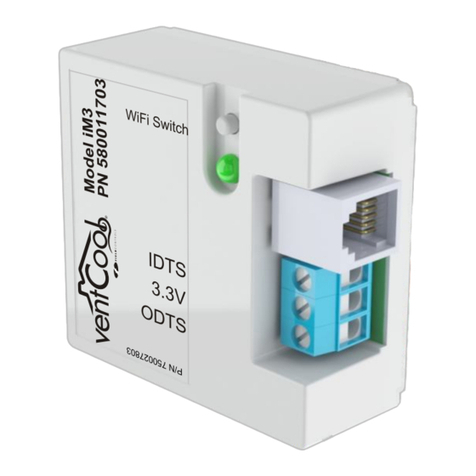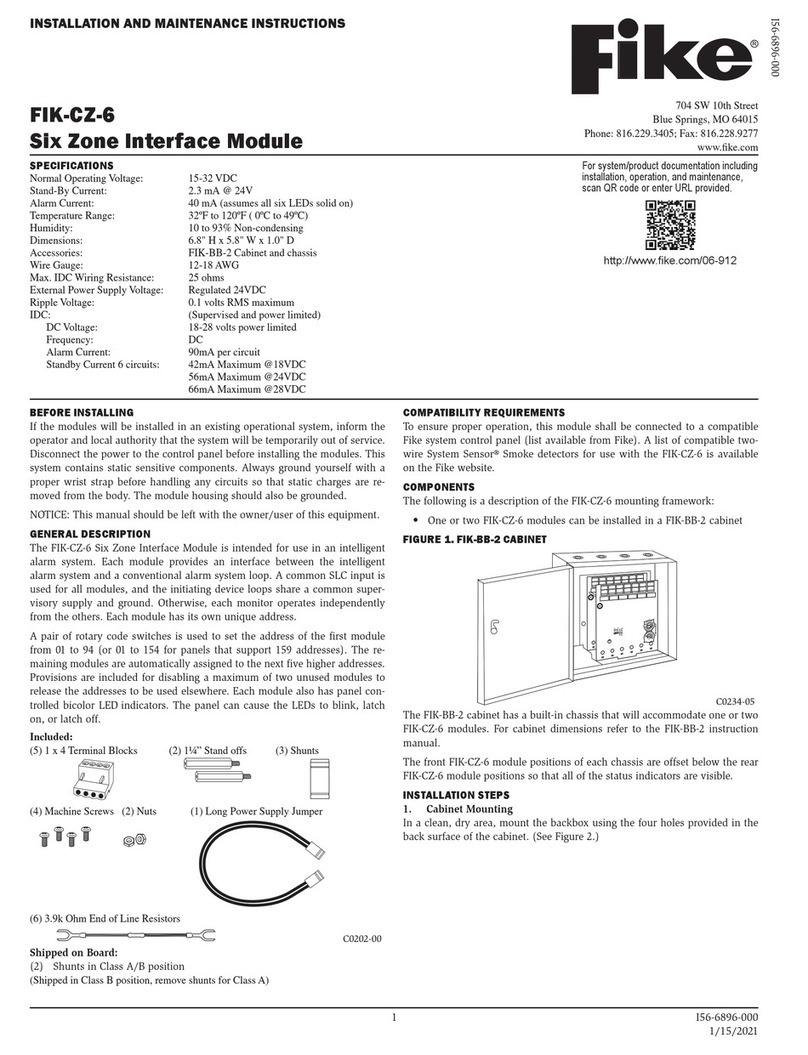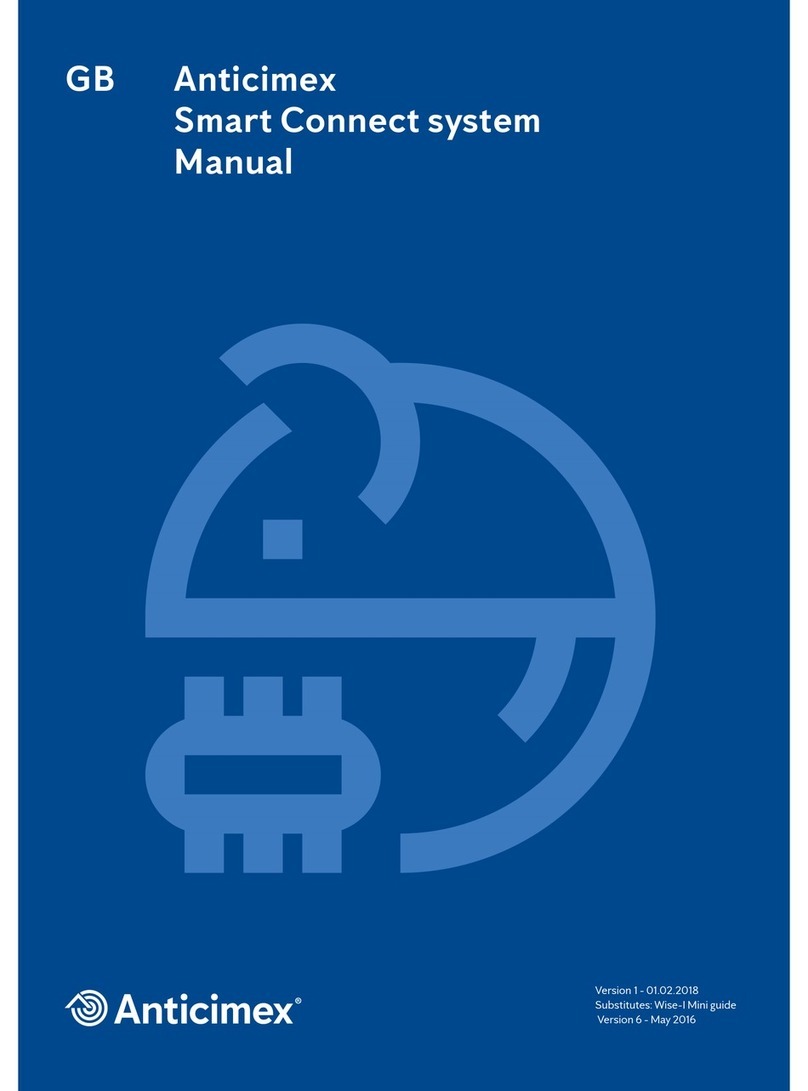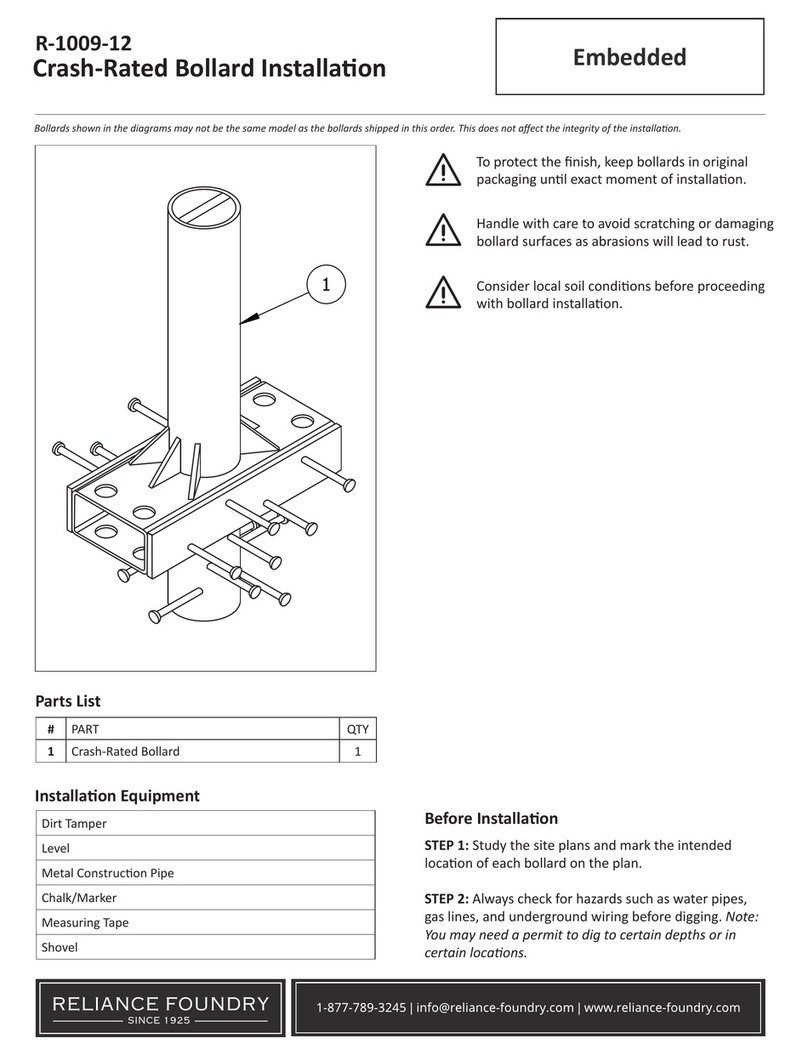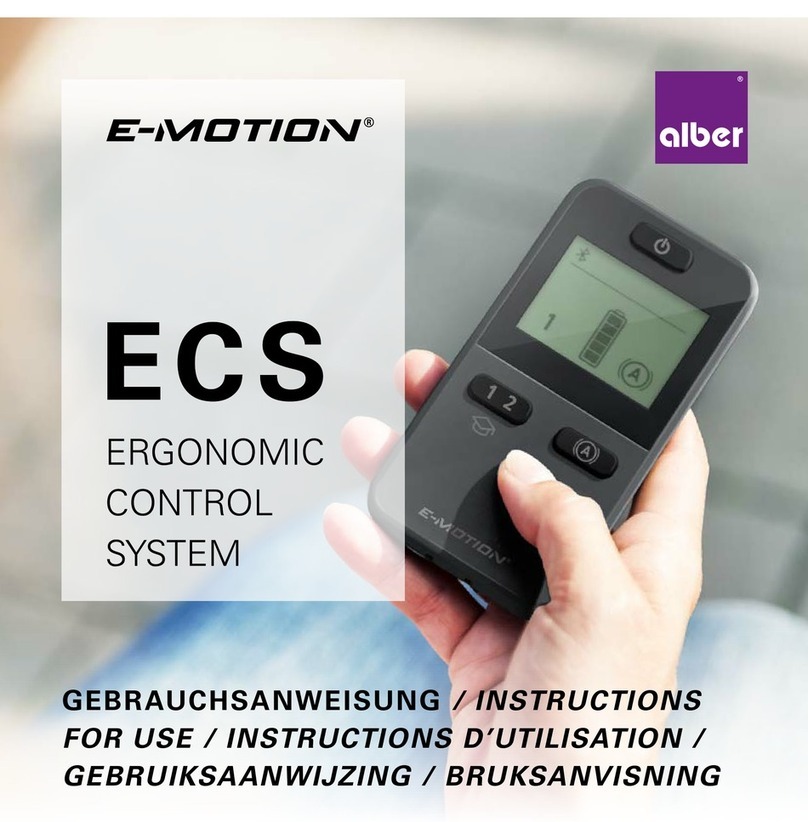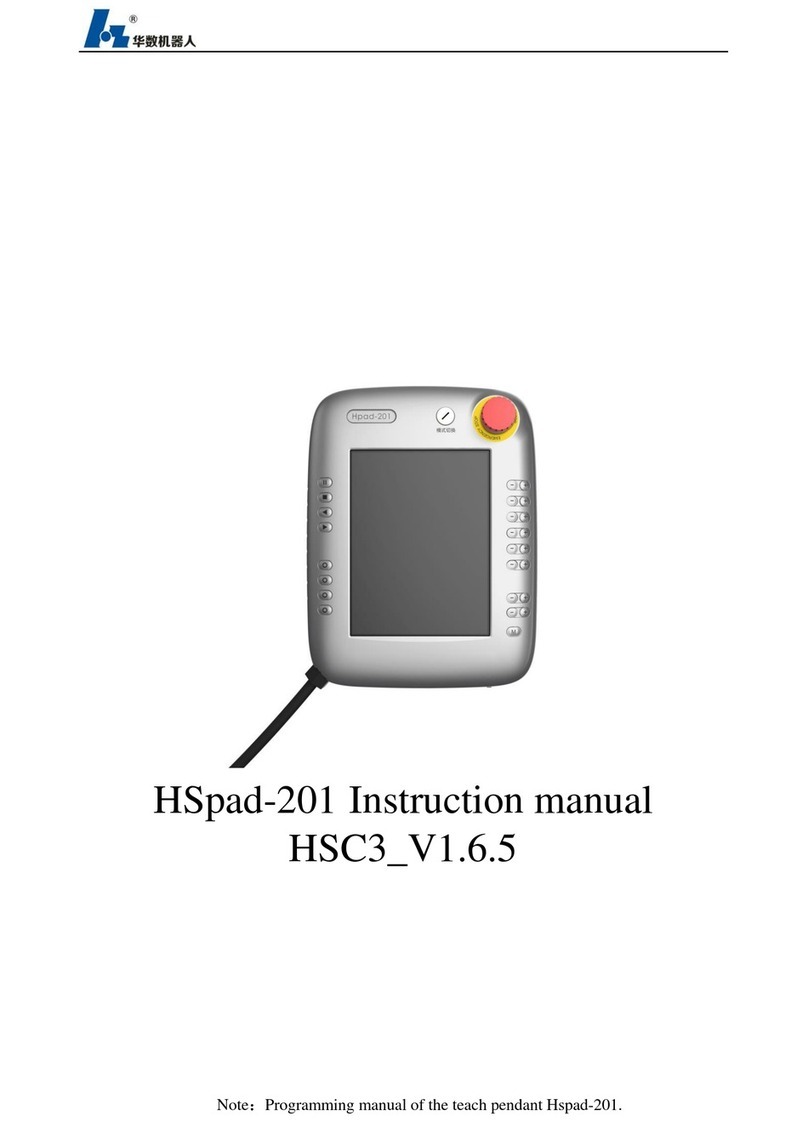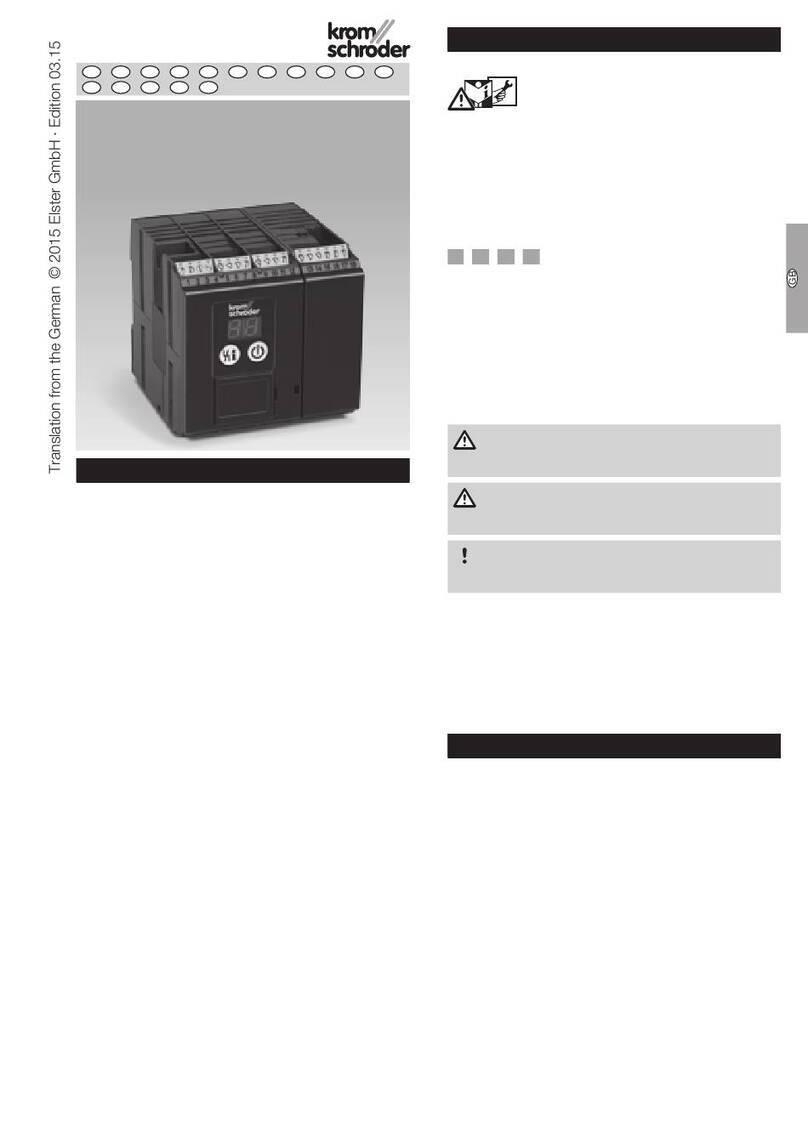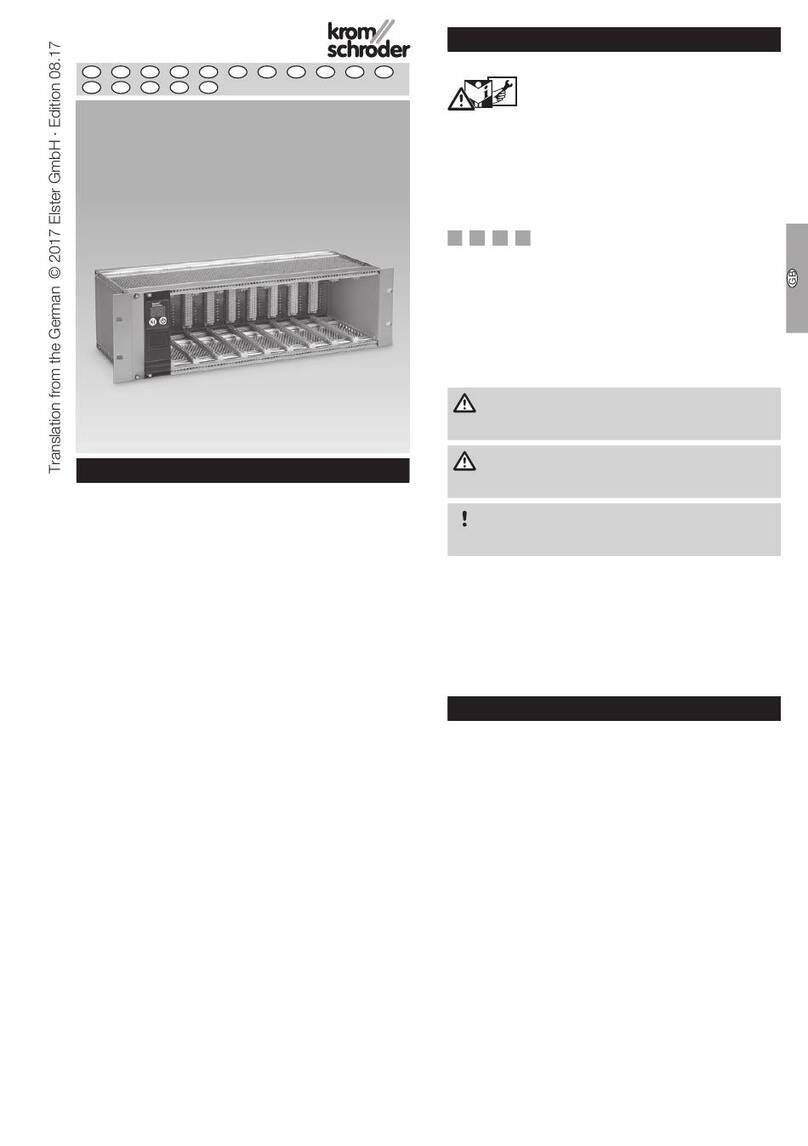
FCU 500, FCU 505 · Edition 02.17 3
▼= To be continued
12.2.5 Safety time during operation tSB ...................81
12.3 High temperature operation.....................82
12.3.1 Temperature monitoring mode ....................82
12.3.2 Thermocouple......................................83
12.3.3 Temperature difference limit value ................83
12.3.4 STM limit value (high temperature operation).....84
12.3.5 STL/FSTL limit value (system protection).........84
12.3.6 Temperature hysteresis . . . . . . . . . . . . . . . . . . . . . . . . . . . . 85
12.3.7 Pre-purge during high temperature operation ....86
12.4 Air control........................................87
12.4.1 Fan in the event of fault . . . . . . . . . . . . . . . . . . . . . . . . . . . . .87
12.4.2 Fan run-up time tGV ................................87
12.4.3 Fan ready for operation .............................87
12.4.4 Air monitoring during controlled air flow...........88
12.4.5 Pre-purge time tPV .................................88
12.4.6 Air flow monitoring during pre-purge ..............89
12.4.7 Post-purge time tPN ...............................89
12.4.8 Air flow monitoring during post-purge.............90
12.4.9 Capacity control.....................................91
12.4.10 Running time selection ..........................100
12.4.11 Running time ....................................100
12.4.12 Controller enable signal delay time tRF .........101
12.4.13 Minimum enable time ...........................101
12.4.14 Burner operating signal..........................101
12.4.15 Controller enable time limit......................102
12.4.16 Capacity control (bus) ...........................103
12.5 Valve check ....................................108
12.5.1 Valve proving system..............................108
12.5.2 Relief valve (VPS) .................................108
12.5.3 Tightness control test volume ....................109
12.5.4 Pressure reduction Vp2 ...........................110
12.5.5 Opening time relief valve V3 ......................110
12.5.6 Measurement time Vp1 ...........................110
12.5.7 Measurement time Vp1 and Vp2 ..................110
12.5.8 Valve opening time 1 tL1 ..........................112
12.5.9 Valve opening time 2 tL2 ..........................112
12.6 Behaviour during start-up .....................113
12.6.1 Minimum pause time tMP .........................113
12.6.2 Switch-on delay time tE..........................113
12.6.3 Filling time before start-up .......................113
12.7 Manual mode ..................................114
12.7.1 Operating time in Manual mode ..................114
12.8 Functions of terminals 51, 65, 66, 67 and 68 .115
12.8.1 Function of terminal 51 ...........................115
12.8.2 Function of terminal 65 ...........................116
12.8.3 Function of terminal 66 ...........................116
12.8.4 Function of terminal 67 ...........................117
12.8.5 Function of terminal 68 ...........................117
12.9 Password ......................................118
12.10 Fieldbus communication ....................118
13 Selection ......................................119
13.1 Type code ......................................119
14 Project planning information ..................120
14.1 Installation.....................................120
14.2 Commissioning ................................120
14.3 Electrical connection .......................... 121
14.3.1 OCU ...............................................121
14.3.2 Safety current inputs..............................122
14.4 High temperature operation ...................123
14.4.1 Safety temperature monitor (STM) ...............123
14.4.2 Safety temperature limiter (STL)..................124
14.4.3 Temperature sensors (double thermocouples) . . .124
14.4.4 Thermocouples....................................124
14.4.5 PFHDvalue for STM/STL temperature module
and thermocouple........................................126
14.5 Safety interlock output ........................ 127
14.5.1 Safety interlock output in the case of higher
power requirement .......................................127
14.5.2 BCU with power supply for valves and ignition
transformer via safety interlocks.........................128
14.6 Actuators ......................................129
14.6.1 IC 20 ...............................................129
14.7 Air control ......................................129
14.8 Parameter chip card ...........................130
14.9 System leak tightness check ..................130
15 Accessories.................................... 131




















